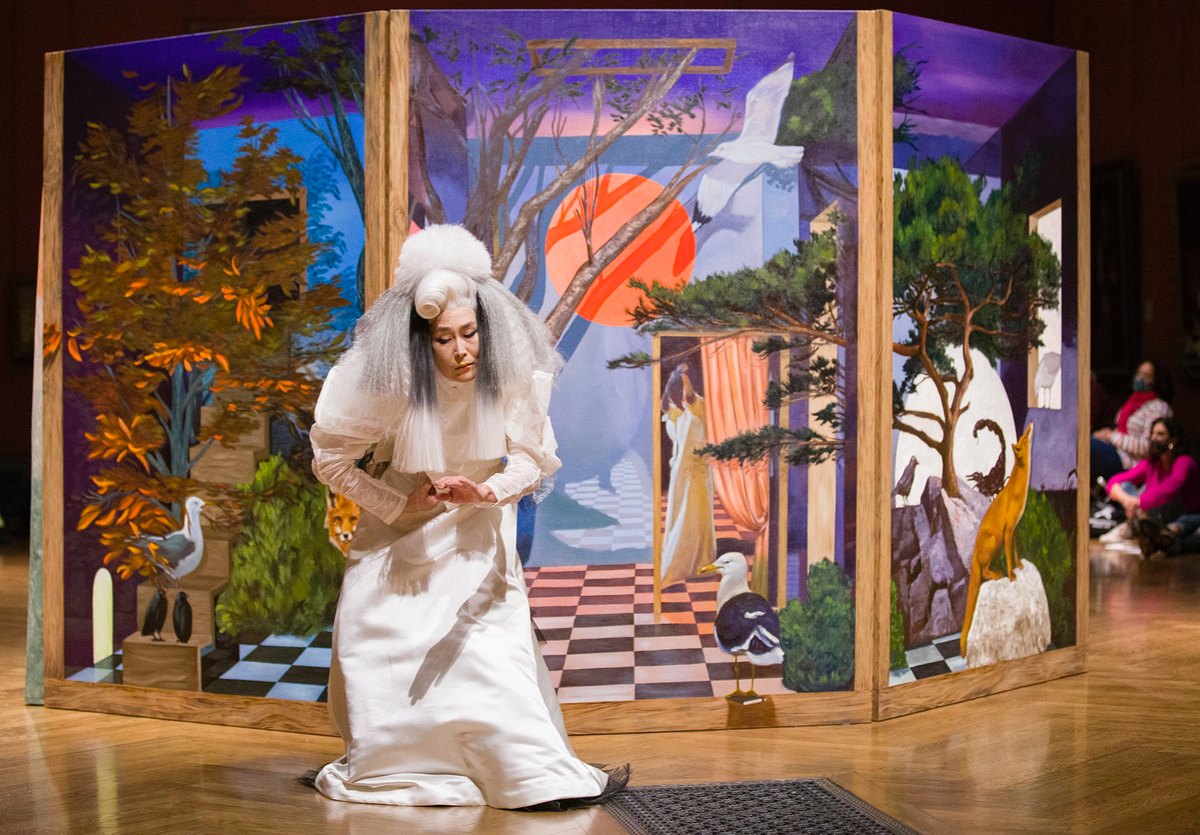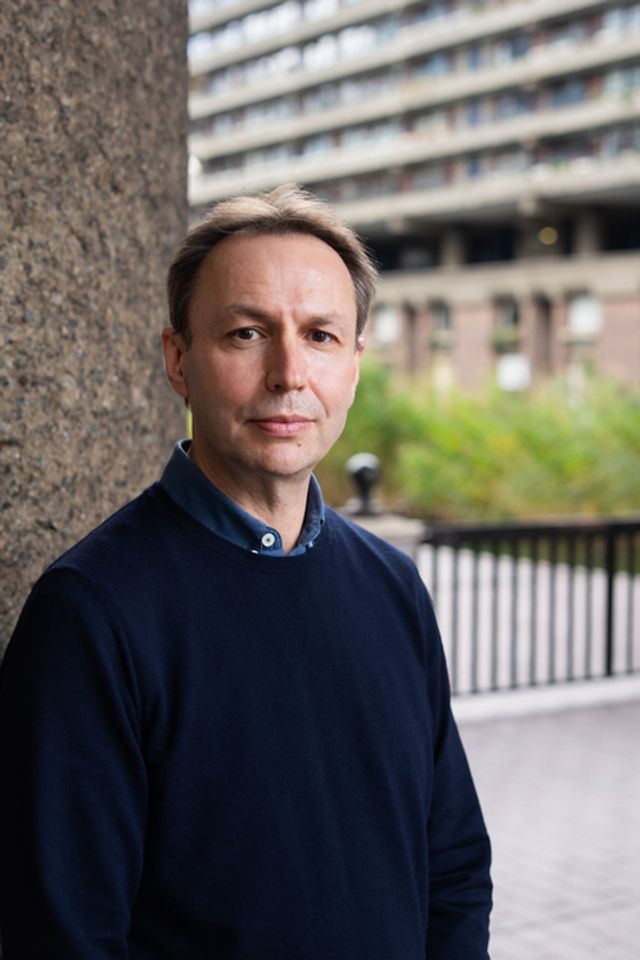It’s a Venice Biennale year. And whenever the Biennale comes around, the contemporary and the historic collide. New art in old spaces, including churches, creates sublime and ridiculous moments—Pipilotti Rist’s Homo sapiens sapiens, shown on the ceiling of the San Stae church in 2005, prompted a collective art-world swoon, but some visitors remain traumatised by Marc Quinn’s sculptures positioned adjacent to the Palladian Basilica of San Giorgio and in the neighbouring Cini Foundation, the former monastery, in 2013.
Showing contemporary art among the masterpieces of the past, or even in time-honoured settings, is fraught with difficulty. Institutions are prone to appearing cynically opportunistic and out of touch; artists can look hubristic or exposed. But contemporary programmes at august Old Master institutions are here to stay. The Accademia in Venice is showing Anish Kapoor this year, following recent Biennale shows of Philip Guston and Georg Baselitz. Kapoor’s show is curated by Taco Dibbits, the director of Amsterdam’s Rijksmuseum, where the British-Indian artist showed in 2016.
The National Gallery in London, meanwhile, has a dedicated two-person contemporary team, Daniel Herrmann and Priyesh Mistry, and their work is increasingly visible, from Mistry’s programme Dance to the Music of Our Time—performances by artists including Florence Peake and Zadie Xa themed around the recent Poussin exhibition—to Hermann’s Lucian Freud show, opening in October. These neatly reflect the poles of contemporary programming in museums: one introduces radical practices jarring us into new perspectives on historic work, the other reflects the continuation of artistic traditions today.
I tend to prefer the former: as I’ve written before, the rupture in languages between 20th-century art and what came before is often too great to reflect well on the contemporary artist. Perhaps counterintuitively, though, when media-like performance and film enter the historic realm, the language is so distinct as to re-frame the past, and in a more complementary way.
I was acutely aware of this in Kehinde Wiley’s current National Gallery exhibition. In December, I talked to Wiley in the gallery’s central hall for our A brush with… podcast. The hall’s current hang of grand manner portraits by the likes of Moroni, Van Dyck and Reynolds was, Wiley told me, conceived as “an experience to see” before entering his show, The Prelude (until 18 April).
But anyone expecting Wiley’s exhibition to slam-dunk the National’s lob pass, and feature his painted riffs on the grand manner tradition, would have been disappointed. There are five paintings, including two vastly enlarged versions of Caspar David Friedrich compositions, characteristically occupied by Black people in contemporary dress. But the largest and strongest part is a multi-screen video installation, shot in the wilds of Norway, with more references to Friedrich and other Romantic masters of painting and poetry.
It’s a curveball but a wise one. Wiley reflects on the sublime tradition from a critical present-day perspective but avoids the kind of overt, even crass, compare-and-contrast exercise that can damn the contemporary-historical axis.



